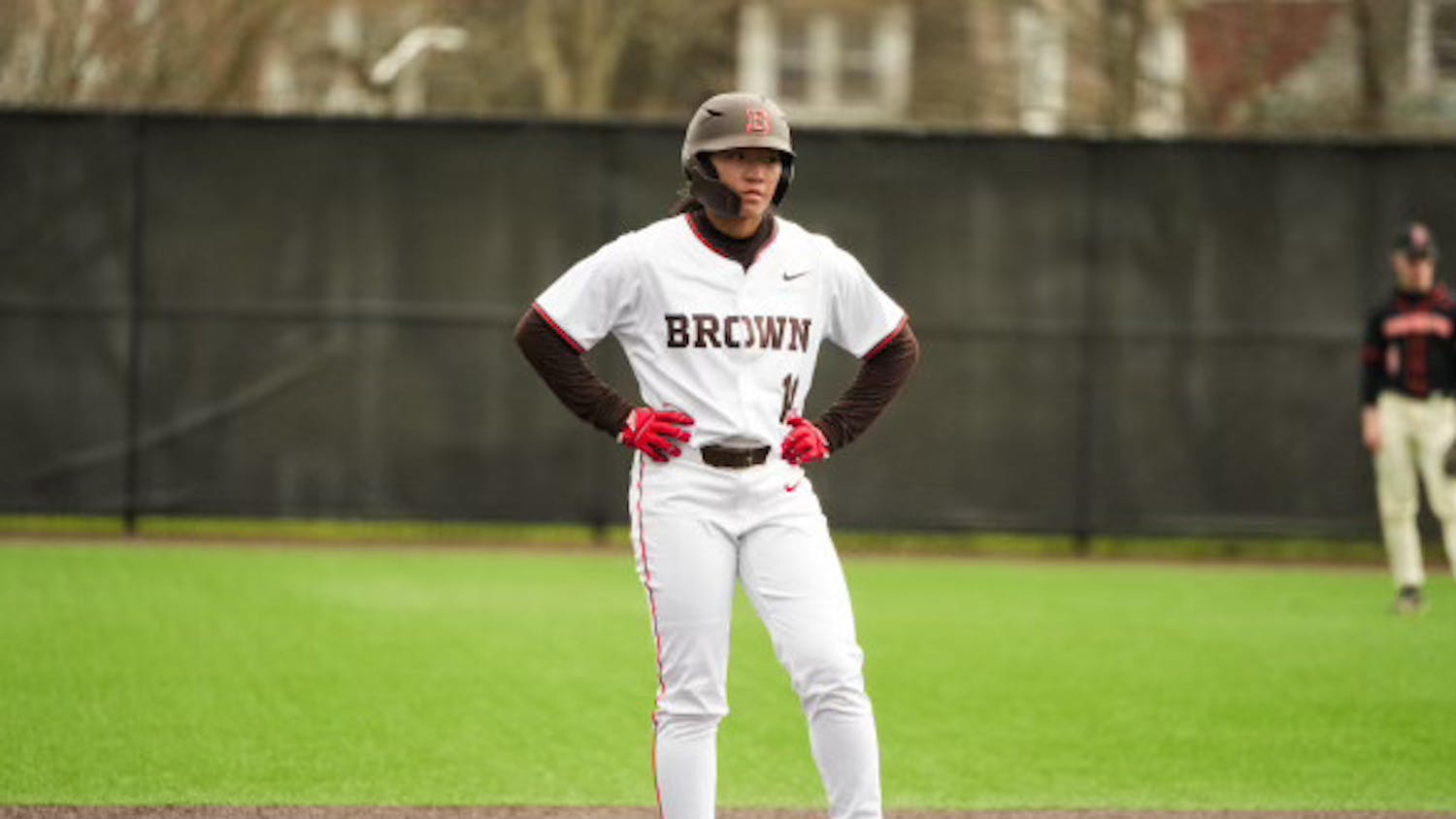In September of 1992, a young Brett Favre replaced injured fan-favorite Don “Majik Man” Majkowski and led the Green Bay Packers to a come-from-behind victory over the Cincinnati Bengals. From that point on, whether in Favre or his successor Aaron Rodgers, the Packers have had one of the three best quarterbacks in football. And yet, during that time, Green Bay has brought just two titles home to Title Town, the same number earned by the Baltimore Raven duo of Trent Dilfer and Joe Flacco. Obviously, there are more variables at work here than just one position, but the simple fact is the Packers have failed to leverage the National Football League’s steadiest quarterback situation over the past 30 years into the kind of consistent championship level success one would probably expect.
Now, with the NFL game as wide-open and pass happy as ever, you’d expect the Packers, armed with the quarterback with the most arm talent the NFL has ever seen, to be at or near the top of the league. However, Green Bay went into its Week 7 bye week at a disappointing 3-2-1 with only the league’s 16th best scoring offense. Perhaps it is just early season jitters; after all, championship contenders tend to take shape in December, often looking quite different than they did in the season’s opening month or two. While it seems entirely possible that the Packers will discover championship-level form somewhere in the coming months, their performance over the past few years suggests otherwise to me.
Under head coach Mike McCarthy, the Packers run a “West Coast Offense” straight from the 1980s. This scheme relies on short completions to control the ball and eventually set up deeper throws. Explosive plays out of this system tend to come from improvisation, relying on the quarterback to scramble to buy time before hitting a streaking receiver who has broken off his route in an attempt to find space. Without a doubt, Rodgers thrives with this sort of improvisation; his combination of mobility and arm strength make him lethal when plays break down. Nonetheless, this straight-from-the-80s scheme leaves quite a bit to be desired.
When you look around at the league’s best offenses, one of the dominant trends in football right now is pre-snap motion. Perhaps the best example is in Los Angeles, where Rams head coach Sean McVay has built his offense around it. The Rams use as much pre-snap motion as anyone, confusing opposing defenses with all sorts of motion, before running straight at them with Todd Gurley or allowing Jared Goff to sling the ball all over the field. Often, the motion is just a distraction, or “window dressing” if you prefer the jargon of NFL punditry. New England pioneered the tactic, employing it for years to force their opponents to reveal their coverages early and potentially identify an uncovered receiver. If the fundamental objective of offense, regardless of sport, is to create space, pre-snap motion offers an easy way to begin that process in a way the defense has no means to counter.
When you watch Green Bay, they don’t really use it all, instead relying on McCarthy’s antiquated scheme to create separation for their receivers. As the league presses forward, the Packers, despite Rodgers’ talent, remain reluctant to change. Under McCarthy, it seems the only adjustment comes every few games when he either passes off or takes back play-calling duties.
Last season, the second time in Rodgers’ career he missed extended time due to injury, showed plainly that without him the Packers have a middling, if not downright bad roster. Again, the Packers seem averse to progress. Just as shifting play-calling duties serves as their offensive cure-all, the Packers seem to always make the same off-season moves. Every year they seem to acquire a tight end, touting the fact that finally they have given Rodgers a high-end threat at that position. First it was Jared Cook, then Martellus Bennett, and this year it was Jimmy Graham. For years, the prevailing narrative around the Packers has been that Rodgers’ gaudy contract precluded them from assembling an adequate depth chart surrounding him. However, the Packers are hardly the only team with a hefty check owed to their quarterback. In fact, despite his freshly signed contract, Rodgers actually only has the 15th highest cap hit in the league for the 2018 season. With this in mind, Rodgers’ contract seems more like a scapegoat than the albatross the NFL media tends to construe it as.
For the Packers, the time to take radical action has to be soon. While Rodgers is clearly one of the league’s best quarterbacks and there is no reason to suspect that will change particularly soon, he is also 34 years old and clearly closer to retirement than he is to his prolonged stay in the green room at the 2005 Draft. By no means do I mean to denigrate Rodgers’s career accomplishments, but if he is to retire with just one Super Bowl title, I don’t see how that could be anything other than a disappointment, a disappointment that would directly reflect his own team’s failure to change.
One Small Strike for Player’s Rights in the Face of Capitalism and the National Collegiate Athletic Association:
In the midst of a fairly uncompelling slate of college football games, a clash of struggling Atlantic Coast Conference teams offered the moment of the weekend. You’d be forgiven for glossing over Wake Forest-Louisville in your scan of the weekend’s games; after all, neither had a conference win heading into the match-up. However, Wake Forest running back Matt Colburn propelled the game to national relevance. More than a year before 2015 National Signing Day, Colburn committed to coach Bobby Petrino and Louisville; then, just before Colburn made his signing official, Petrino pulled Colburn’s scholarship offer, exemplifying one of the myriad ways the National Collegiate Athletic Association requires far less accountability from the supposed adults who run it than from the teenagers who actually play the sports. Fortunately for Colburn, Wake had a scholarship left for him, and the South Carolina native had a place to play college football. Flash forward to Saturday afternoon in Louisville, Colburn, now a senior, rushed for 243 yards and three touchdowns against the team and coach who spurned him, and the Demon Deacons routed the Cardinals. College athletics seldom provides reason to believe in the presence of some large cosmic force for justice in the universe. Colburn’s performance Saturday may not be that, but, even for someone like myself who had no idea who Matt Colburn was entering the weekend, it feels like the next best thing.


